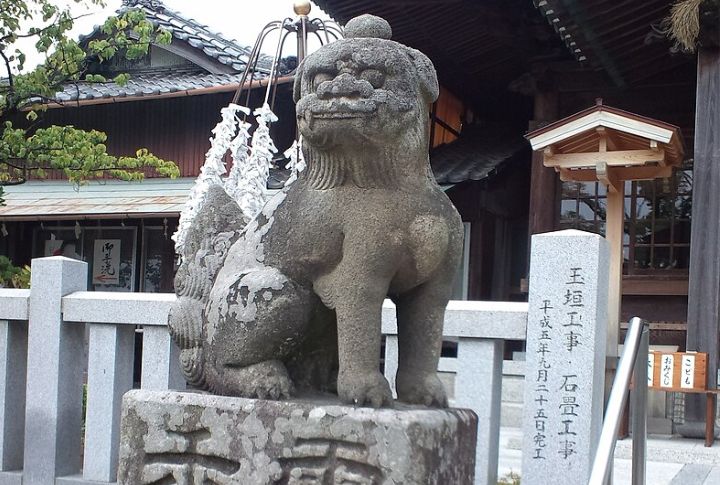
Ancient customs played a huge role in shaping beliefs, values, and community bonds across generations. Many of these traditions have faded into the background over time, but their lessons and insights still hold value today. Take a closer look at those lost rituals.
The Forgotten Language Of Knots
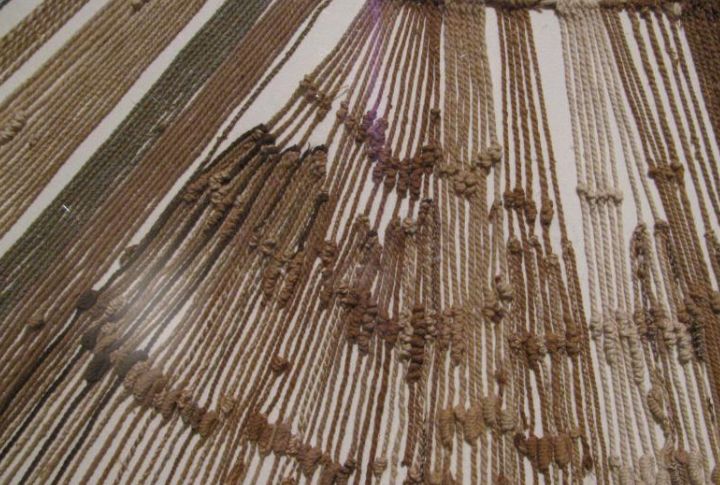
Long ago, before people wrote with alphabets, some groups, like the Inca, used knots tied in ropes to share important information. Each knot meant something special, like keeping track of numbers or people. Over time, as stories were told less and other cultures took over, this way of using knots was forgotten and seen as old-fashioned.
The Disappearance Of Sacred Oaths

Oaths today often feel like routine legal steps, but they once held deep spiritual power. People swore on sacred objects or elements of nature, believing serious consequences would follow if broken. These promises were trusted as truth, forming the backbone of ancient laws and personal commitments rooted in honor and belief.
The Ritual Of Blessing Tools Before Crafting

Before factory lines changed how things were made, many craftspeople treated their tools with spiritual care. They blessed them using oils, chants, or quiet rituals, believing tools carried energy. Each item they made wasn’t just useful—it was filled with purpose, respect, and a connection to generations who came before them.
The Fading Art Of Bread Blessing
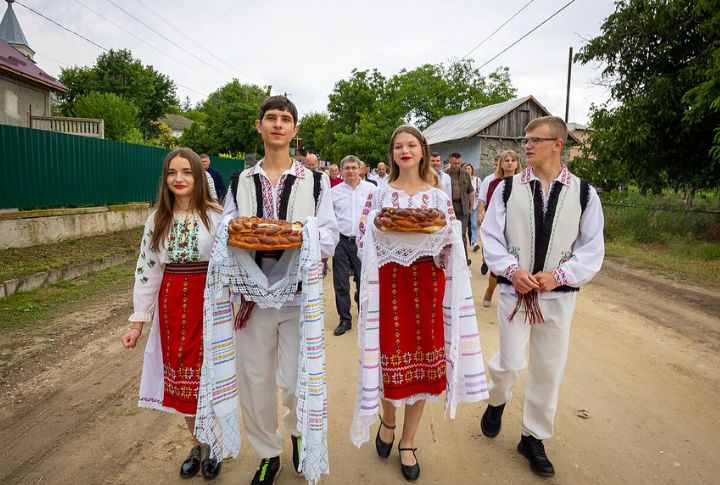
In older Slavic, Celtic, and Mediterranean homes, bread was treated with deep respect. Families would bless each loaf with symbols or quiet prayers. More than food, it represented care, connection, and survival. Long before store-bought loaves, bread carried meaning that tied everyday life to spiritual gratitude and shared tradition.
The Lost Ritual Of Guardian Statues
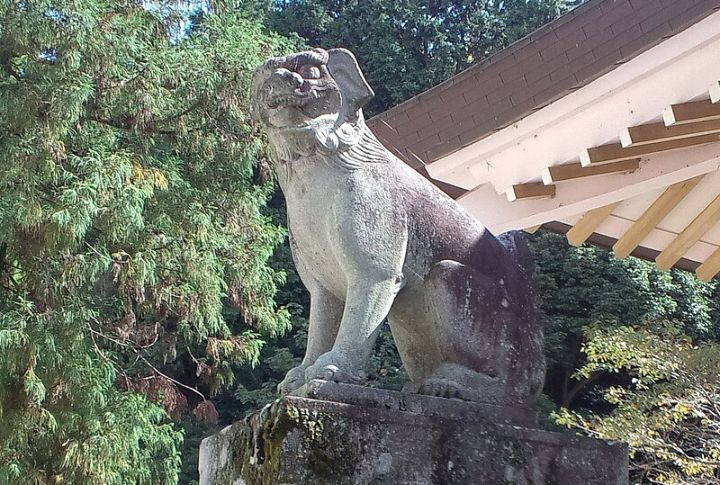
Many cultures used to place carved statues at entryways to guard against harm. Figures like Japan’s komainu or Rome’s lares were thought to protect homes and sacred places. Though now seen mostly as decoration, these guardians once symbolized deep spiritual beliefs and stood as silent protectors in daily life.
The Sacred Duty Of Lightkeeping
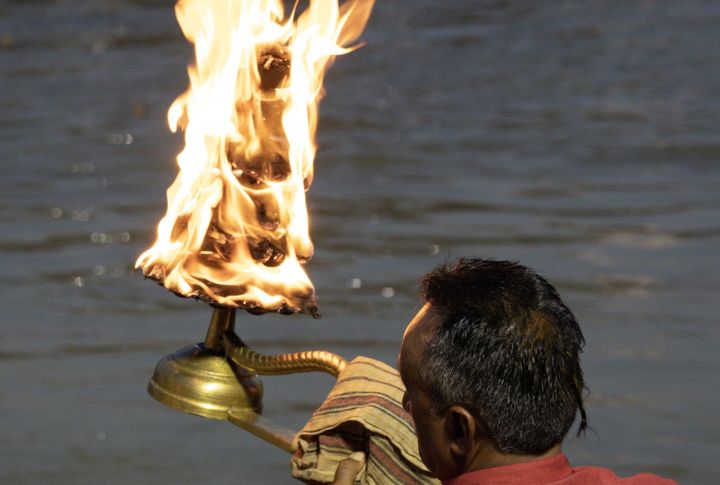
In earlier times, chosen individuals were responsible for keeping ceremonial fires burning. These flames marked important spaces and were never meant to go out. Tending them was a steady task. It required attention and discipline, and those trusted with it were seen as caretakers of something greater than themselves.
The Lost Tradition Of Star Mapping

Polynesian navigators, Mayan priests, and Mesopotamian astronomers used star charts not only to traverse oceans but also to interpret fate and cosmic will. The cosmos was a revered map guiding life decisions. With modern instruments and digital tech, this celestial wisdom has largely slipped into myth and folklore.
The Death Of Symbolic Tattoos
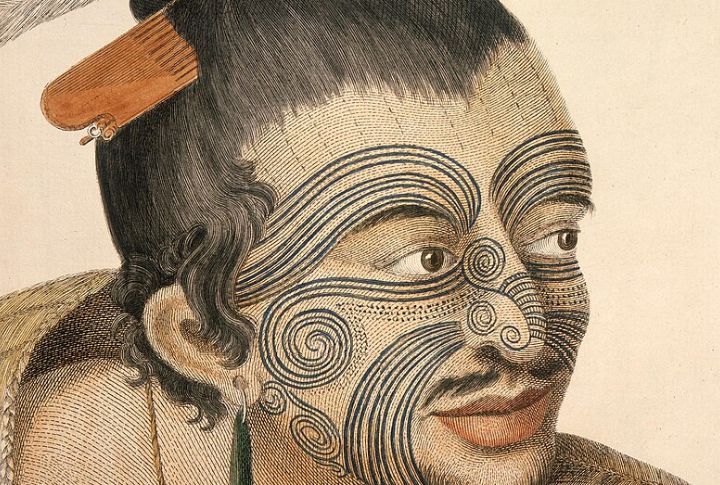
Before tattoos became a style statement, they marked major life changes. In Polynesian and Inuit cultures, elders or spiritual leaders applied each mark with care. The tattoos told personal stories and honored milestones. They also held meaning that connected the wearer to their role in the community.
Echoes Of The Silent Tea Rituals
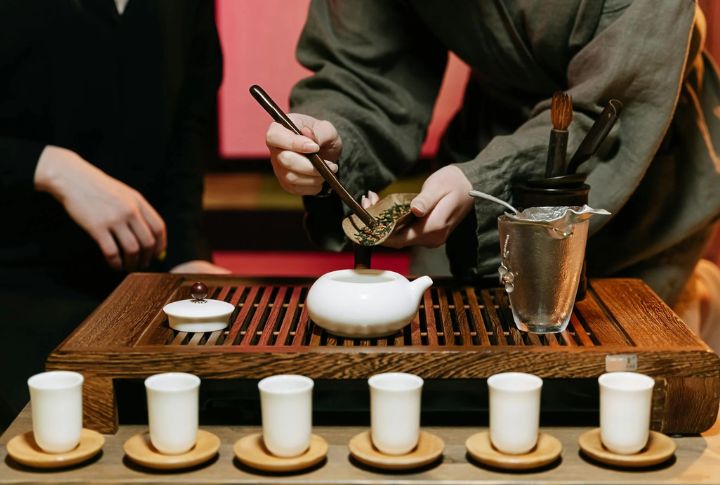
Once central to ancient East Asian culture, silent tea ceremonies encouraged calm and honored the bond between host and guest. Each movement, from boiling water to placing the cup, carried deep significance. Today, these thoughtful ceremonies have mostly disappeared, replaced by casual tea drinking without their original care.
The Last Echoes Of Shadow Puppetry
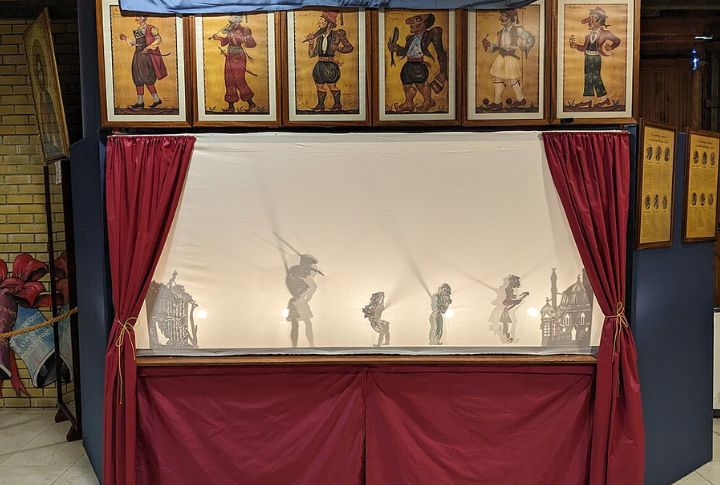
In places like Java, shadow puppetry was used to share stories passed down through generations. Puppeteers moved figures behind a screen using light and shadow, often with music, incense, and offerings. These performances taught moral lessons and turned storytelling into a respected part of cultural life.

